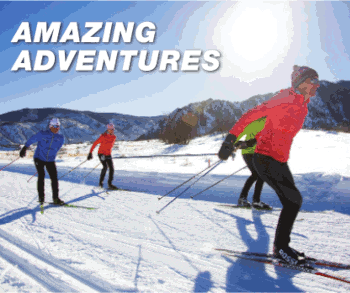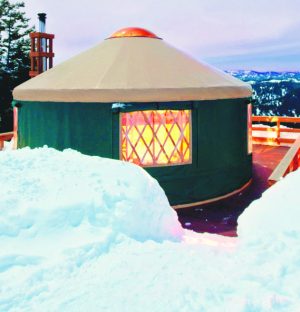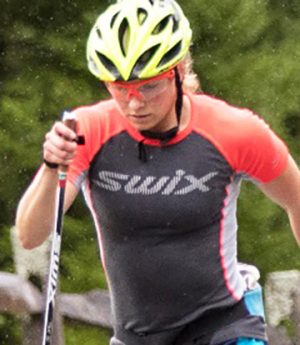January 21, 2006 – What is new in the FIS disciplines? Of the 84 titles and total of 252 medals at stake at the XX Olympic Winter Games in Turin, the six FIS disciplines will award 38 titles and 114 medals. That is two titles and six medals more than four years ago in Salt Lake City, UT, USA. Since 2002, the most changes have taken place in Cross-Country Skiing. While the total number of titles is still 12, six for both women and men, one of the individual competitions has been replaced by a new team event, the team sprint where nations are represented by two-member teams. In Turin, the team sprint will be raced in the classical technique with each competitor skiing a 1.5 km loop three times. Another big change within Cross-Country has been the further development of the pursuit race. In Salt Lake City, the pursuit was staged as two separate competitions on a single day with a several-hour-long break in between and with the starting order for the second, freestyle race being determined by the time differences in the first, classical one.
Today, there is no break but rather the skiers switch their equipment during a “pit stop†with the clock running. As in 2002, the combined time is what counts, only now the entire race is staged as a single, mass start event. Similarly, the long distance races, 30km for women and 50km for men, are also staged as mass start races rather than using the traditional individual start method still in use in Salt Lake City. In Ski Jumping, there have been three main changes since the last Olympics: First, the athletes are now required to have a minimum Body-Mass-Index of 18.5 though the measurement takes into consideration that they will be measured with boots and suit. Hence, they need a minimum weight (according to a special table) to jump with the maximum length of skis (146 % of the athlete’s height). Second, the starting time, the so-called “Green Period†during jumper must leave the start bar, has been increased from five to ten seconds. Finally, in the team event, only the best eight teams will continue on for the second round. The starting order in the first and second round is the same except that the last one of the jumper groups will start in reverse order. That means that excitement will stay high until the very end as the representative of the leading team will jump the last jump of the competition. In Nordic Combined, the same BMI and equipment control rules apply as in Ski Jumping. The only other changes include a change in the point/time equivalent in the team event, with 60 points on the hill now equaling 1min on the course. To make the competitions more spectator-friendly, the course length has also been reduced from 5km to 3.75km. In Alpine Skiing, the only yet critical change has been the increased required minimum length of the racing skis. Contrary to 2002 when the minimum length for all events was 150cm/155cm for women/men, there are now specific minimum length requirements for each event and sex in order to protect the athletes’ health and security. The additional six Olympic medals for the FIS disciplines are awarded in Snowboarding where snowboardcross is now an official Olympic event, in addition to half pipe and parallel giant slalom. Contrary to Salt Lake City, delayed start gates will be in use in the parallel giant slalom in Turin. This means that in the second run, the competitors will start based on the time differences gained in the first run and the athlete finishing first will now also be the winner!
Top News Stories
Changes To The FIS Disciplines For Turin
provided by Sabine SpitzLeave a Reply
You must be logged in to post a comment.






![National camp action [P]...](https://skitrax.com/wp-content/uploads/2019/08/Duluth-4-2019-08-08-at-10.46.51-AM-300x246.png)
![Matt Liebsch on the CXC Elite Team [P] CXC...](https://skitrax.com/wp-content/uploads/2019/08/Matt-Liebsch-CXC.2-525x700.4-300x267.jpg)
![Dan LaBlanc [P]...](https://skitrax.com/wp-content/uploads/2019/08/Dan-LaBlanc-img_1855.3.jpg)
